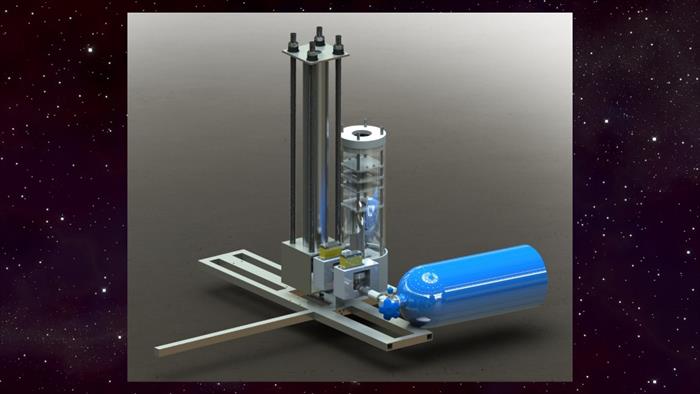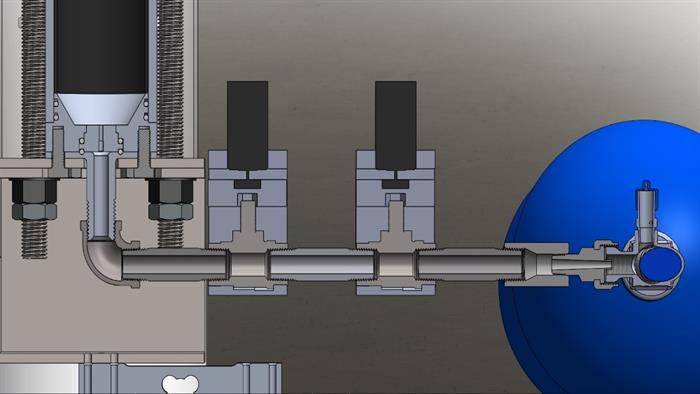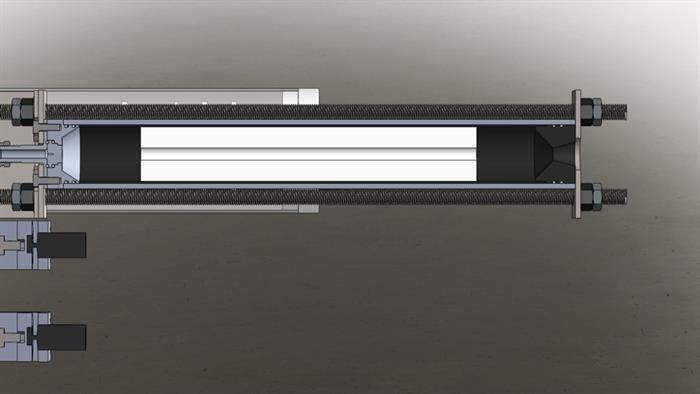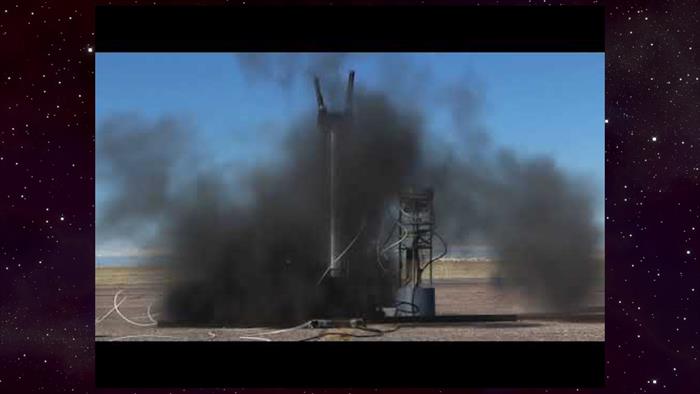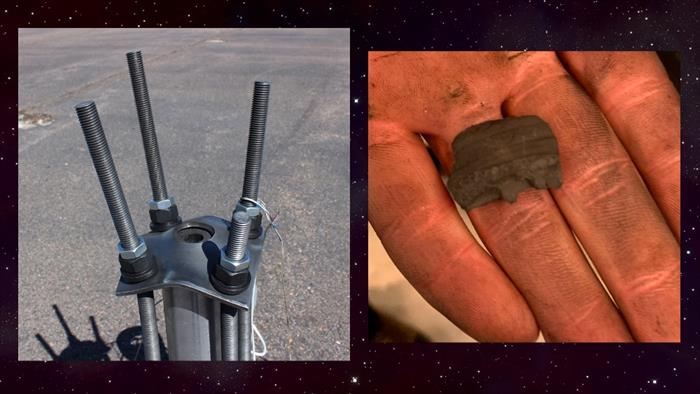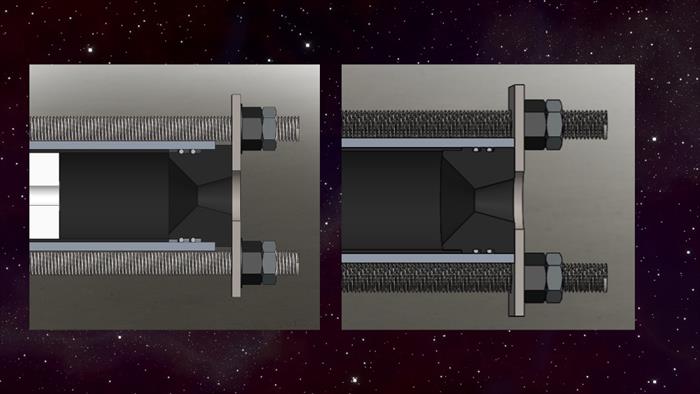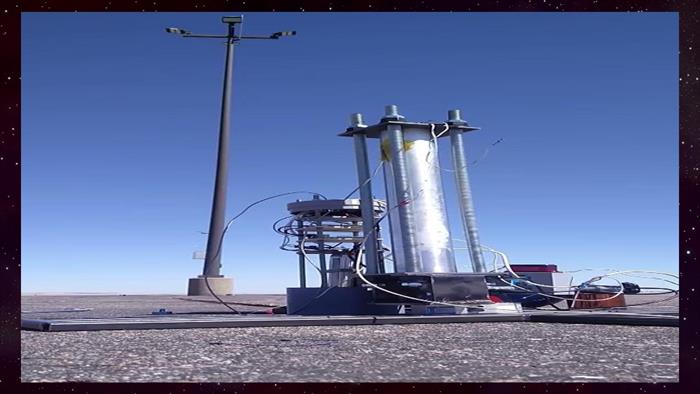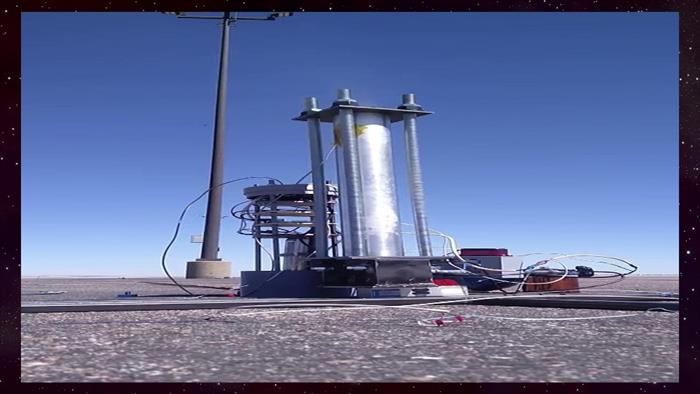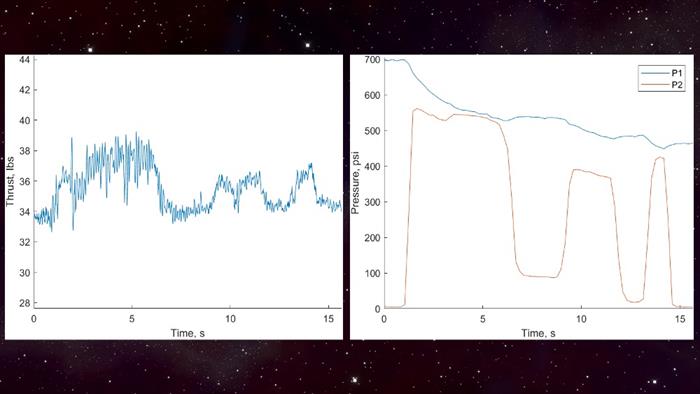RocketLynx Hybrid Rocket Propulsion System
Department of Mechanical Engineering
Project Abstract
The main objective of RocketLynx is to design, build, and test a lightweight hybrid rocket propulsion system. This hybrid rocket engine was designed to be capable of producing a peak thrust 100 lbs in a 10-seconds long static fire. This rocket engine is designed with Spaceport America Cup requirements in mind, since one of our long-term objectives is to eventually participate in this competition with a similar engine. The hybrid rocket engine consisted of an oxidizer based on Nitrous Oxide, also known as NOS, and acrylonitrile butadiene styrene as a solid fuel, also known as ABS.
The development of the hybrid rocket engine involved creating an oxidizer system, combustion chamber, nozzle, and a testing apparatus. The oxidizer subsystem includes the feed system, which has two valves controlled using servos, a primary valve, and a safety valve. There are two pressure transducers along the feed system and a thermocouple on combustion chamber. These sensors provide real-time data on the rocket engine’s performance. The current test stand was redesigned to change the engine’s orientation from horizontal to vertical, retain the load cell, and no longer use the linear bearings. A clamping system was created to attach the rocket engine to the test stand and to secure components of the engine together. An avionics module was constructed that housed the electronic items, including the Teensys, Raspberry pi, and the battery. Additionally, a control box was created for remote starting or stopping of the test.
A first static fire test was conducted on April 3rd, 2021. The rocket achieved ignition and fired for about a second before the graphite nozzle disintegrated, and the valve was quickly closed. A second static fire test took place on April 30th, 2021. The team performed 9 runs that day. While the tests produced an oxidizer rich exhaust, design modifications following the first test successfully improved the rocket’s performance, allowing all components of the testing apparatus and the rocket, including the nozzle, to maintain their structural integrity and function properly. During the test, the team successfully throttled the rocket engine, reached a peak thrust of 48 lbs multiple times, and obtained extensive amounts of valuable pressure, temperature, and thrust data.

